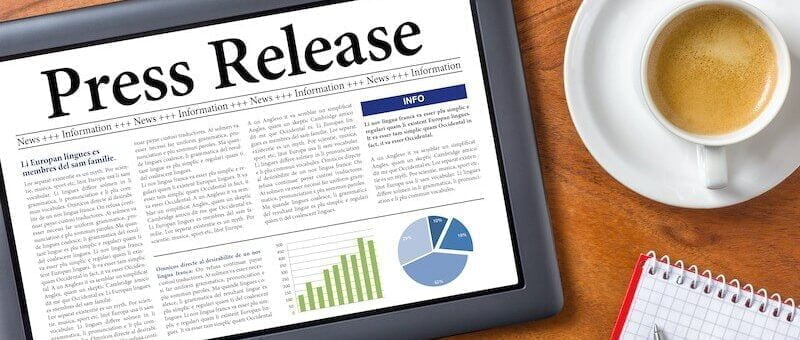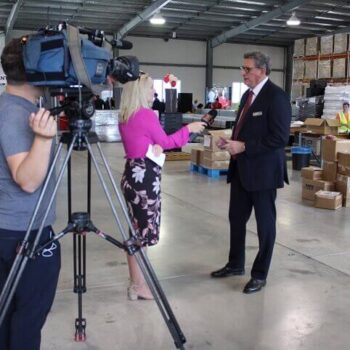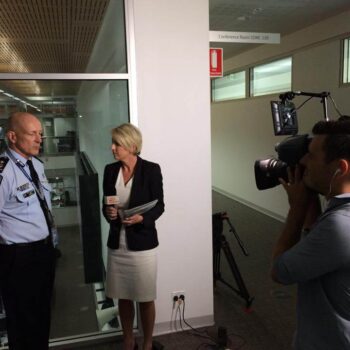
Five tips for creating a media release
Writing and sending a media release is one the most effective ways to pitch your story to a newsroom.
A release can be an inexpensive and beneficial tool to publicise events or important information and to put you or your company’s views forward. Media releases can be used to tell any story.
With the 24-hour news cycle constantly turning and the ongoing demands of social media, it can be difficult to catch a journalist’s attention. So, the main rule is that all media releases must be newsworthy. If a release isn’t newsworthy, you’ll be seen as wasting a journalist’s time and it’ll end up in the bin.
Here are some tips to get your media release noticed by the media:
Have a catchy headline
It’s said nearly 80 per cent of readers never actually make it past the headline, so it’s important to engage the reader from the get go.
Create a strong headline that sums up your release or highlights the most important point.
The lead paragraph should make the journalist continue reading
The lead paragraph is where you introduce the reader to the who, what, when, where, why and how of your story.
It should provide a ‘hook’ and engage the journalist to continue reading.
Keep the lead paragraph short – if it’s too long the journalist will lose interest.
Make sure your media release is accurate, credible and supported by facts
Media releases are credible sources of information – they’re not an avenue for advertising and shouldn’t contain falsehoods.
Any statement you make in a media release needs to be backed up, so using hard facts and numbers can be beneficial.
Quotes should be included. Quotes add a human element to your media release, while also adding information. It also gives a journalist an idea of who they’ll be able to interview if they take up the story.
Grammar and structure of a media release is key
Grammar in a media release needs to be perfect. Always check your work and ideally have more than one person look over the release before it’s sent.
A media release should be one page in length – so your writing needs to get straight to the point to better engage the journalist.
Provide contact information
If your media release does get picked up by the media, journalists may want to follow up any questions with you and/or organise an interview with a spokesperson.
Include contact information at the bottom of the media release – a name, email and phone number.
Feel free to also provide relevant links to more information, so journalists can do more digging if they need.
Adoni Media has PR experts who specialise in creating effective media releases. To help accelerate your brand awareness through media coverage, contact us.


